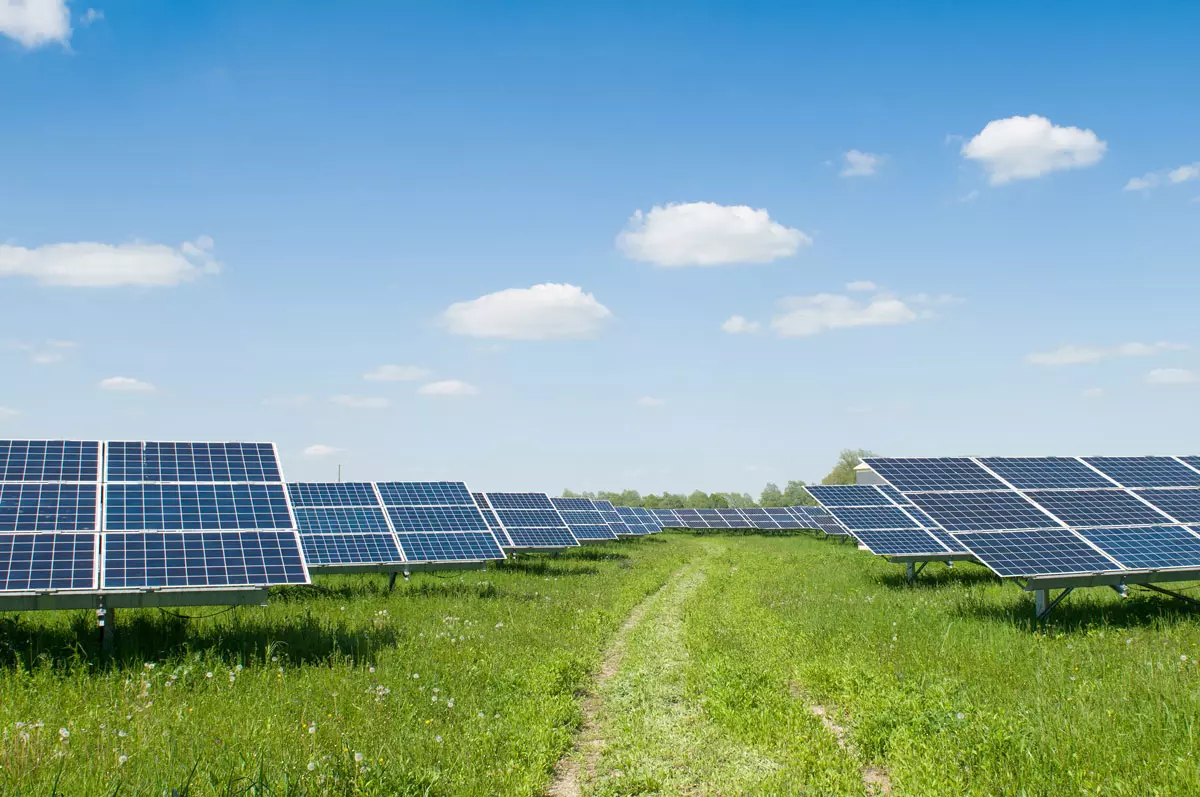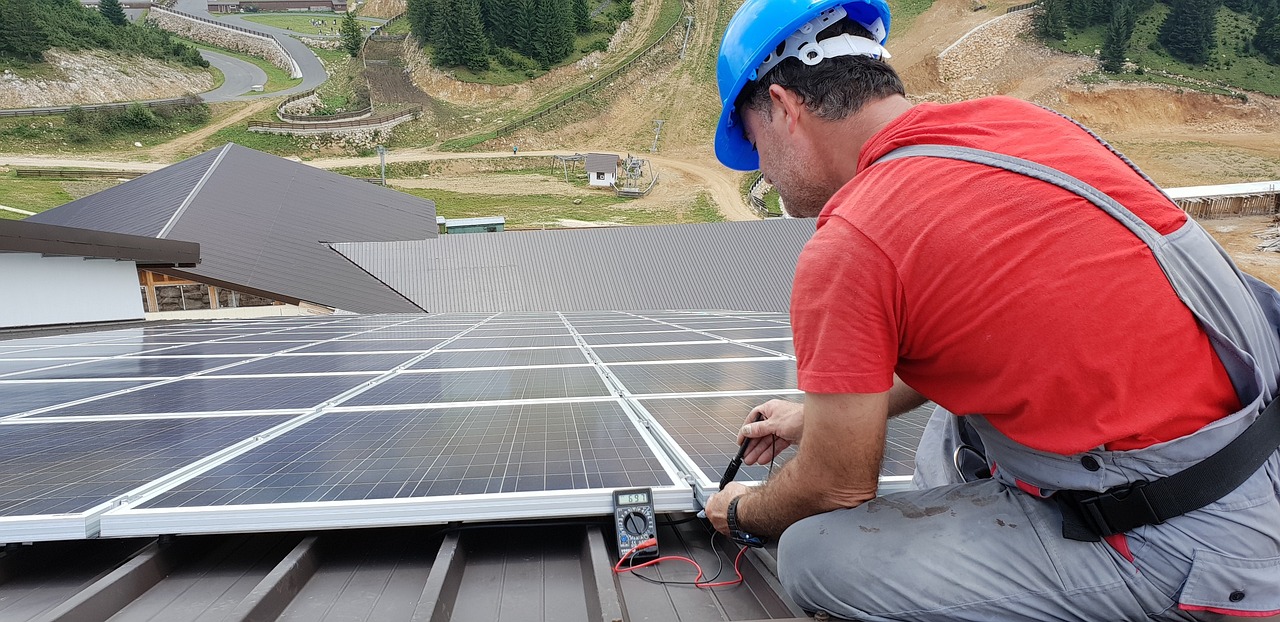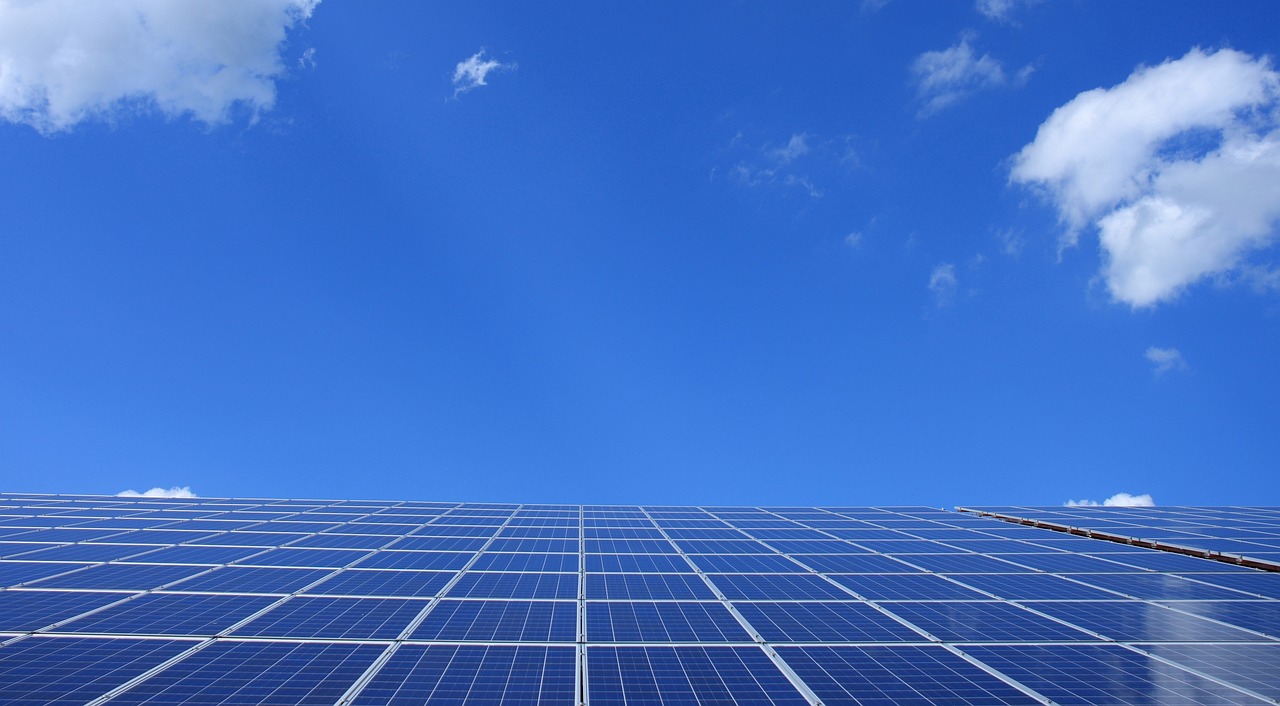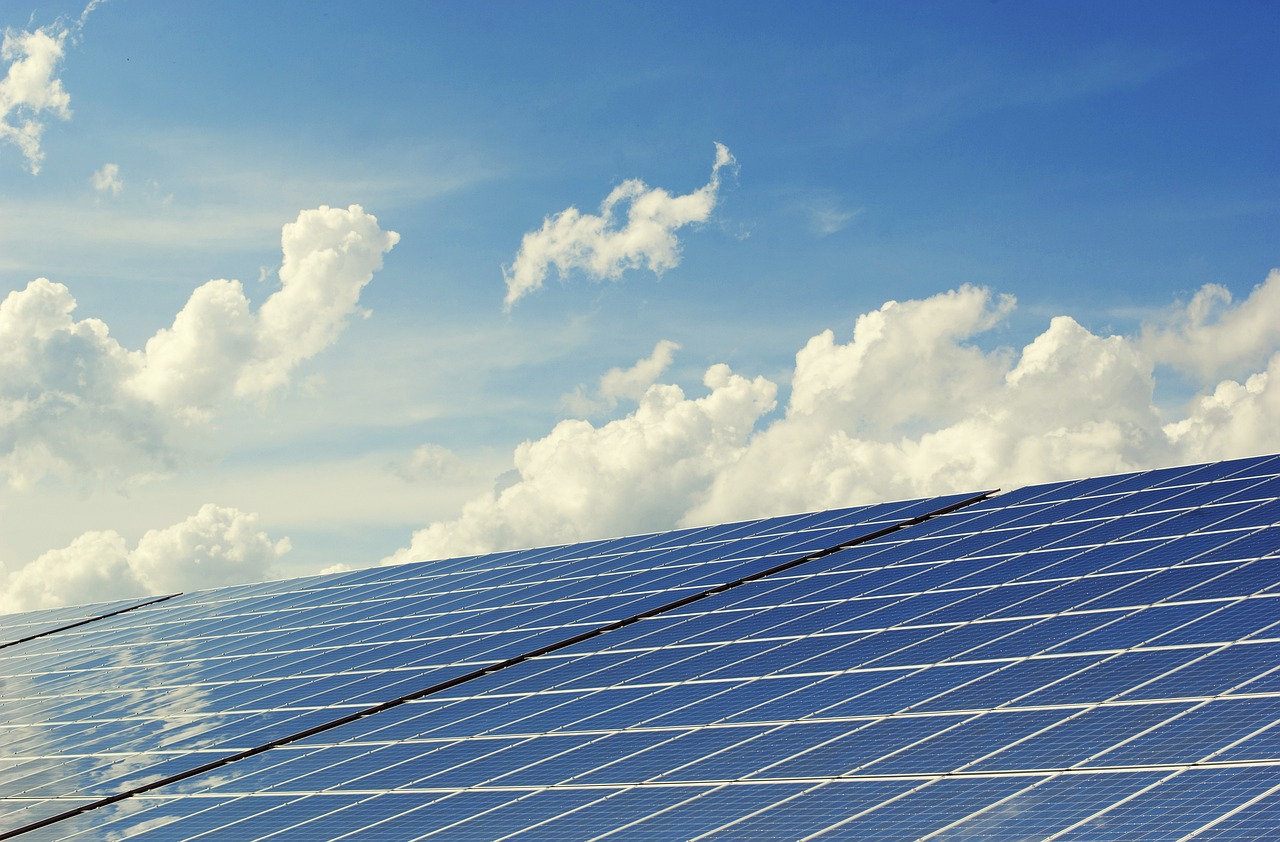As the world grapples with pressing challenges of climate change, food security, and energy scarcity, innovative solutions are being sought to address these issues. One such promising innovation is agrovoltaics – a revolutionary approach to sustainable farming that combines agriculture and solar power production.
This article delves into understanding agrovoltaics, its benefits for both agriculture and solar energy production, its role in addressing climate change and food security challenges, as well as real-world applications and future prospects.
Understanding Agrovoltaics: A Revolutionary Approach to Sustainable Farming
Agrovoltaics or agrivoltaics refers to the co-development of land for both solar photovoltaic power and conventional agriculture. This dual-use system aims at enhancing the productivity of farmland by enabling it to generate renewable electricity while growing crops simultaneously.
The concept was first proposed by physicist Adolf Goetzberger in 1981; however, it has gained significant traction only recently due to increasing concerns over land use efficiency.
The setup involves installing elevated solar panels above an agricultural field, allowing crops underneath to receive adequate sunlight through gaps between panels or using semi-transparent panels that let certain wavelengths of light pass through them.
This arrangement not only optimizes land use but also creates a mutually beneficial relationship between solar power generation and crop cultivation.
How Does Agrovoltaics Benefit Both Agriculture and Solar Energy Production?
Agrovoltaic systems offer numerous benefits for both agriculture and solar energy production. For farming, the shade provided by the photovoltaic (PV) panels helps reduce evaporation from soil thereby conserving water – an invaluable advantage especially in arid regions where water scarcity is common.
Moreover, this microclimate created under PV arrays can potentially increase crop yield as some plants thrive better under partial shading conditions.
From an energy perspective, agrovoltaics provides a solution to the land-use conflict often associated with large-scale solar farms. By integrating PV panels into agricultural lands, it enables simultaneous food and energy production without compromising on either.
Furthermore, PV panels in agrovoltaic systems have been found to be more efficient due to the cooling effect of plants underneath which reduces thermal load on the panels.
The Role of Agrovoltaics in Addressing Climate Change and Food Security Challenges
As our planet faces an escalating climate crisis, sustainable farming practices like agrovoltaics could play a crucial role in mitigating its effects. Agrovoltaic farms can significantly reduce greenhouse gas emissions by generating clean solar power, thus contributing to global efforts towards decarbonization.
In terms of food security, the UN’s Food and Agriculture Organization estimates that we need to increase global food production by 70% by 2050 to feed the growing population.
Here again, agrovoltaics offers a viable solution as it allows for efficient land use without compromising crop yield – potentially even increasing it under certain conditions.
Real-world Applications and Future Prospects of Agrovoltaics in Sustainable Agriculture
Real-world applications of agrovoltaics are gradually gaining momentum worldwide. For instance, Japan has been pioneering this approach with their ‘solar sharing’ projects since 2004. In Europe too, several countries including France and Germany have initiated similar projects.
Furthermore, studies conducted at Oregon State University revealed that agrovoltaic systems could potentially meet up to 20% of global electricity demand without affecting agricultural output.
These findings highlight the enormous potential of this innovative approach in promoting sustainable agriculture while addressing energy scarcity issues.
Looking ahead, the future prospects for agrovoltaics seem promising given its myriad benefits. As technological advancements continue enhancing PV efficiency and reducing costs, wider adoption is expected across different geographical regions. Moreover, policy support in terms of incentives and subsidies could further accelerate this transition towards a sustainable farming future.
Agrovoltaics presents an innovative solution to some of the most pressing global challenges we face today. By harnessing the synergies between agriculture and solar power generation, it offers immense potential for a sustainable and resilient future. As Goetzberger himself aptly put it: “When we see land, we see energy and food.”






